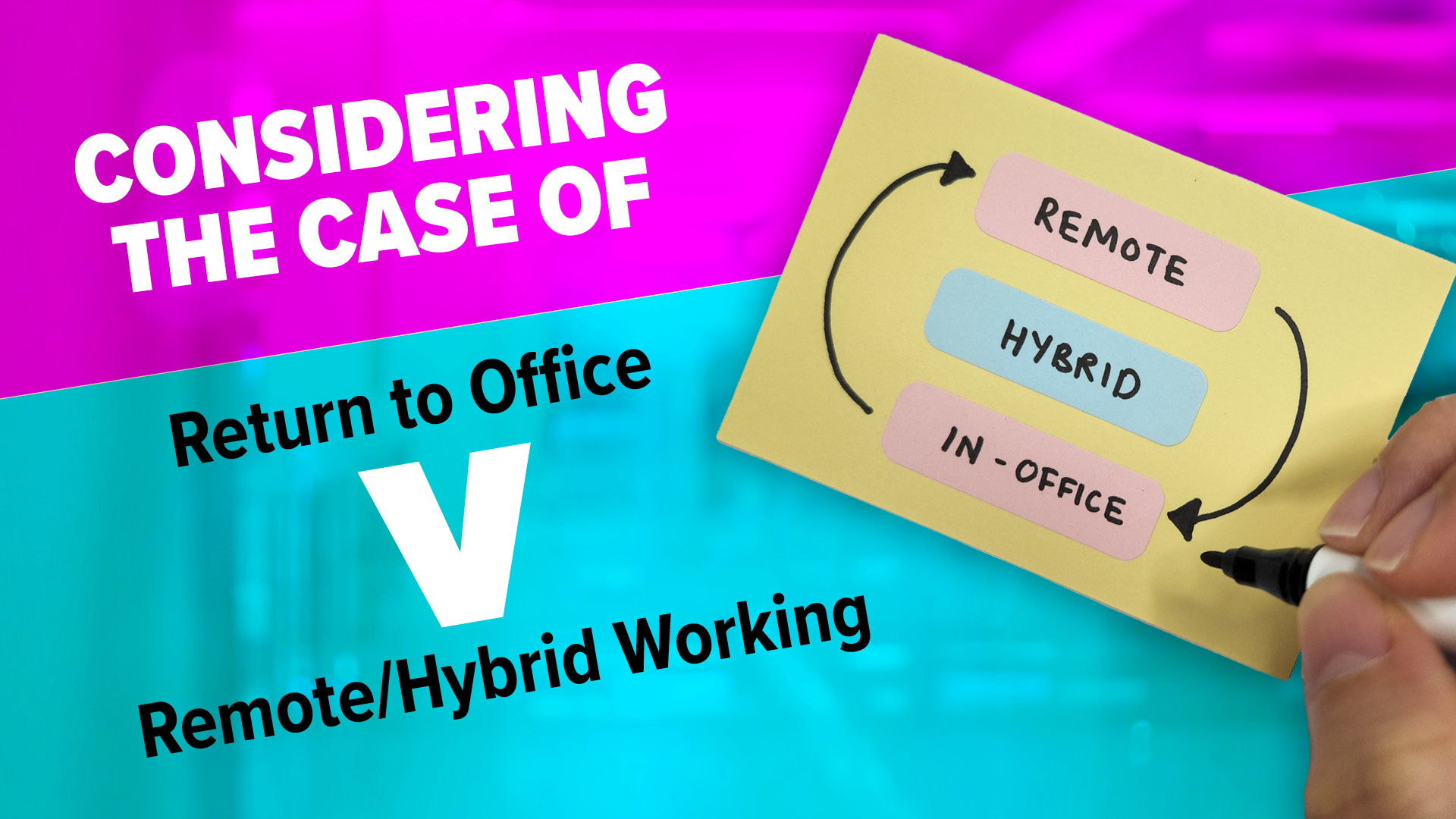The way we work has changed a lot in the past few years, hasn’t it? The global shift to remote work forced businesses to rethink everything, and now, the big question is: What’s next?
Some companies are pushing for a full return to the office. Others are embracing flexibility. But what’s the right move for your business? Let’s break it down.
The Perks of Remote Work (and Why Employees Love It)
Let’s be honest—working from home has its benefits. No long commutes, fewer office distractions, and hey, you can even throw in a load of laundry between meetings. For many employees, remote work means:
✅ More productivity
✅ Better work-life balance
✅ Less stress
But it’s not just about making employees happy. Businesses that force a full-time return to the office are losing people—especially top talent.
The Cost of a Strict Return-to-Office Policy
A recent study found that companies enforcing in-office work saw a 14% increase in employees quitting. And these aren’t just entry-level workers—many of them are senior employees with skills and knowledge that aren’t easily replaced.
On top of that, hiring new people is taking 23% longer than before. And let’s not forget—it’s expensive to recruit and train new hires.
The bottom line? Employees want flexibility, and businesses that offer it have the upper hand in hiring and retention.
The Remote Work Challenge: Keeping Data Secure
Of course, remote work isn’t perfect. One of the biggest concerns? Cybersecurity.
Employees working from home—or even a coffee shop—could be putting your business at risk, especially if they:
🚨 Use public Wi-Fi without protection
🚨 Work from personal devices that aren’t updated
🚨 Share a home computer with family members
A single weak spot in security could open the door to cybercriminals. That’s why businesses need a plan to protect their data while allowing employees to work from anywhere.
How to Keep Your Business Secure (Without Killing Flexibility)
The good news? You don’t have to choose between security and remote work. With the right measures, you can have both. Here are a few key steps:
🔒 Use multi-factor authentication (MFA): That extra login code makes it much harder for hackers to get in.
📢 Train employees on cybersecurity: Teach them how to spot phishing emails and other scams.
💻 Secure personal devices: Require up-to-date software and endpoint security for any device used for work.
So, What’s the Right Move for Your Business?
There’s no one-size-fits-all answer. Some companies thrive in an office setting, while others perform better with a flexible approach. The key is to find what works best for your team while keeping security a priority.
If you need expert advice on securing your business while supporting remote work, we’re here to help. Get in touch today




